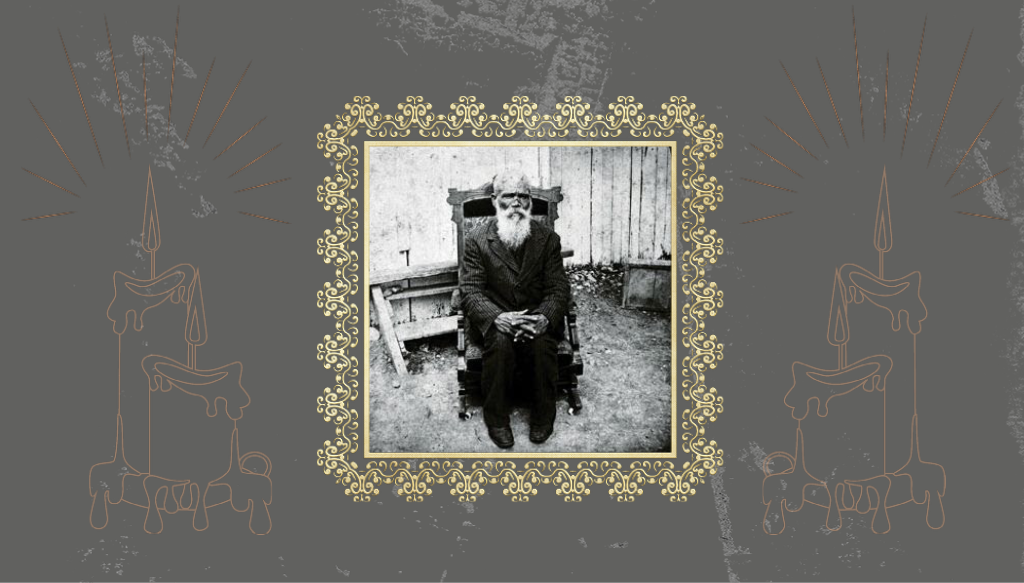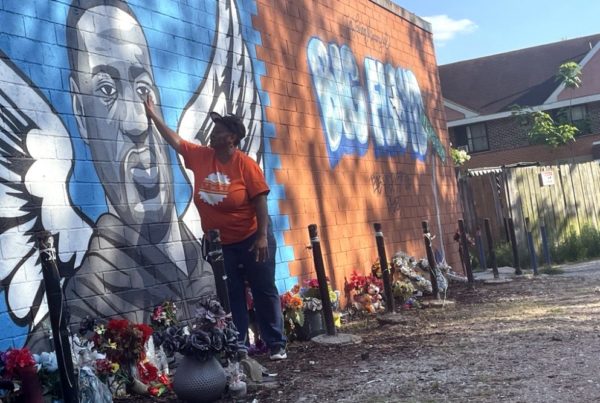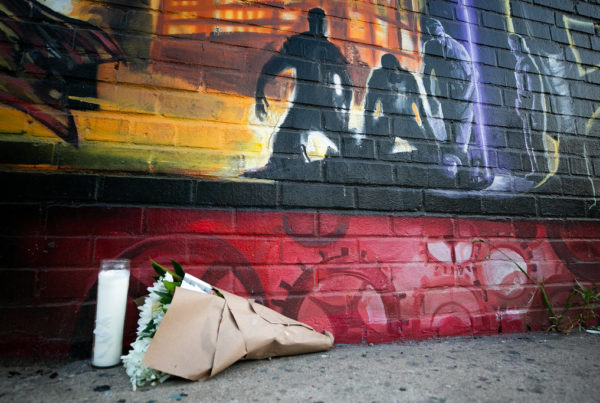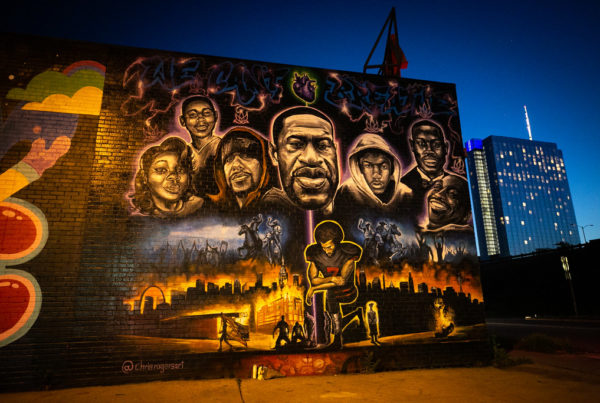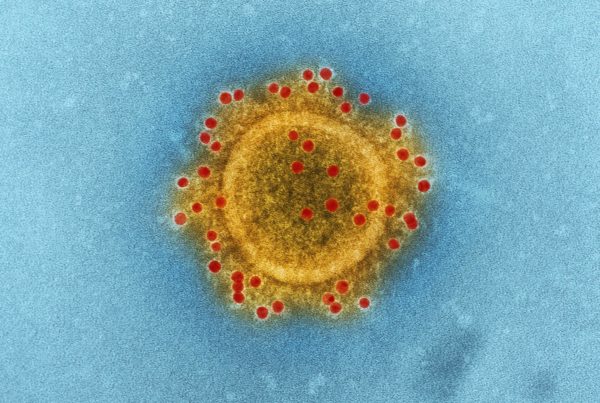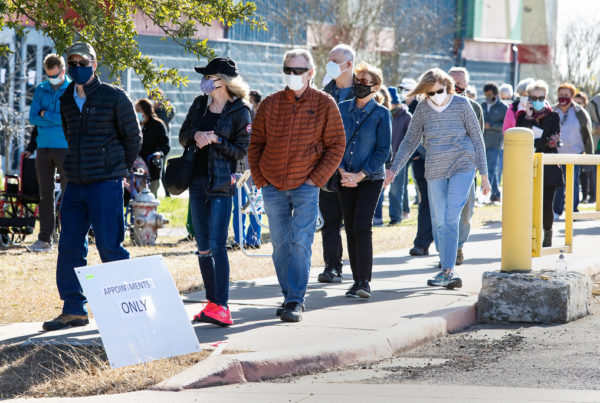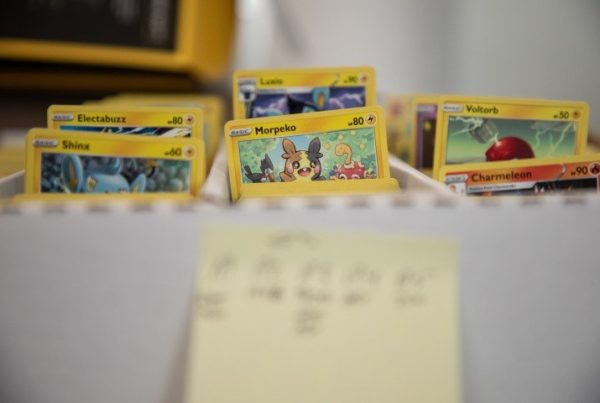My friend of many years, Tony Zavaleta, told me the following story: He said, “There was once a married couple who lived in Rio Grande City back in the late 1800s. They had tried for some time to have a baby, but had had no luck. They went to see doctors and followed their advice, but still, God had not seen fit to bless them with a baby. So they decided that they would go to see Don Pedrito the ‘curandero’ – a healer – who lived near Falfurrias. They had been told that he could work miracles. It was a three-day journey by wagon, but they knew it would be worth going because Don Pedrito would certainly give them a ‘receta,’ a ritual to follow that would give them a baby. When the couple was a half a mile of Don Pedrito’s home, a boy came running to them and stopped their wagon. He said, ‘Don Pedrito said to turn around and go home. She is already pregnant.’ The young couple was shocked, but they did as Don Pedrito commanded. They turned around and went home, never doubting his word. Eight months later they had a gorgeous and healthy baby boy.”
My friend Tony paused for a moment and said, “And that baby boy was my grandfather.”
I’m connected to Don Pedrito as well, but not through my ancestry. I grew up only a few miles from his shrine, which still exists to this day. I walked by it many times in my teenage years and went into the shrine’s little room, hot from dozens of prayer candles that always burned there. At 15, I was astounded that there were faded and glossy new photographs from all over the United States and Mexico, leaning against the candles, asking for cures. Don Pedrito had died fifty years before, in 1907, and yet his fame as a healer not only endured, it thrived. People from far away made “promesas” and asked for his blessings because they had faith in his potential to still deliver cures. He was a much loved folk saint, and remains so to this day. Right now you can walk into any H-E-B store in much of Texas and buy a Don Pedro prayer candle. (In fact, you can even order it from H-E-B online.)
Don Pedrito never took credit for cures. He always said that he didn’t cure anybody. He was only God’s intermediary.
He rejected worship. If someone tried to kneel he would tell them to get up. Don Pedrito insisted that God was the one doing the healing. Don Pedrito only provided the “receta,” the prescription, which he said was provided by divine inspiration. Lest you think he was a con man, using Jesus to rob people, quite the opposite was true. He was Christ-like in that he never charged for his healing. People would give him money, and he would often refuse it, saying “you need that to get back home,” or “you should give that back to the man who loaned it to you.” If he did accept money, he would often use it to buy food for the many people who camped, sometimes by the hundreds, at Los Olmos Creek, waiting to see him. As one man said of him, “What he accepted with one hand, he gave with the other.”
Proof of Don Pedro’s enormous popularity is provided by author Jennifer Seman, who published a map of that era showing that all roads and trails of the region led to Don Pedro. He was Rome. It is an incredible map provided by the General Land Office for 1892 and shows clearly that the most heavily trafficked roads and paths of the time in that general region led to Don Pedro on Los Olmos Creek.
Ruth Dodson wrote the first significant book on Don Pedro, in Spanish, in 1934: Don Pedrito Jaramillo, Curandero. At the encouragement of J. Frank Dobie, she collected the Don Pedrito folk tales. After collecting the tales about him for two decades, Dodson concluded “There has never been another so honored and appreciated among the Mexican-American people of South Texas as this curandero, this folk healer, Don Jaramillo. It can also be said that no one else in this part of the country, of whatever nationality, religion, economic or social standing, has done, through a lifetime, as much to try to relieve human suffering as this man did through 25 years of living in South Texas.”
W.F. Strong is a professor of Culture and Communication at the University of Texas Rio Grande Valley. His “Stories From Texas” also appear in Texas Co-op Power Magazine and are available in podcast form.


